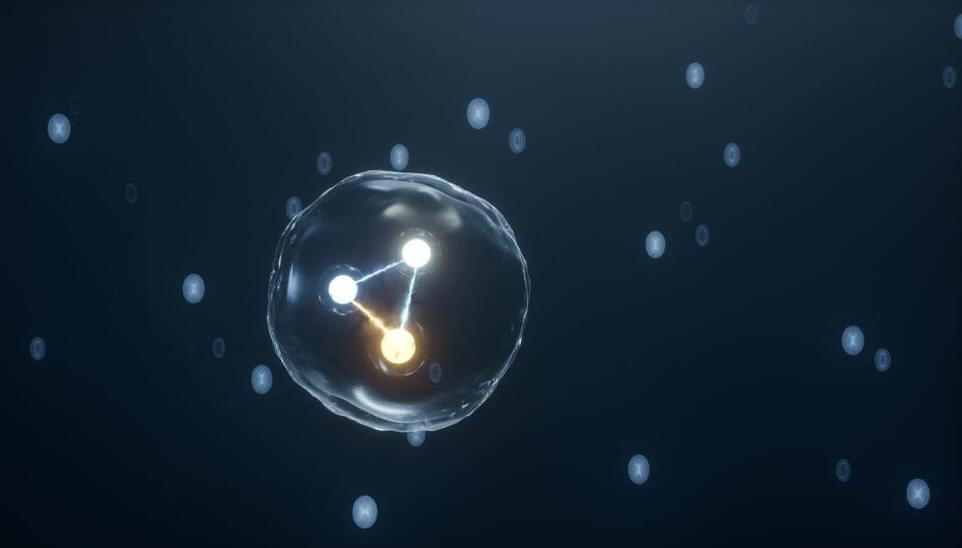Saving a few Watts of power here and there could buy the spacecraft a little more time to tell us about interstellar space.



My recently published perspective paper has been featured by GEN Genetic Engineering & Biotechnology News!
#biotechnology #genetherapy #syntheticbiology
Synthetic biology has the potential to upend existing paradigms of adeno-associated virus (AAV) production, helping to reduce the high costs of gene therapy and thus make it more accessible, according to a recent paper.
AAVs are an important vector for gene therapy, but AAV manufacturing is complex and expensive. Furthermore, first author Logan Thrasher Collins, a PhD candidate at Washington University in Saint Louis, tells GEN. “Many current industry approaches to enhancing AAV yields involve incremental process optimization. Synthetic biology has the potential to offer more radical improvements, yet is relatively underappreciated in the context of AAV production.”
Large-scale production poses challenges not typically found during preclinical stages, such as batch-to-batch variations in plasmid yield and purity, and poor yields from producer cells, the research team notes. Likewise, downstream processing challenges also are present, such as AAV aggregation, chemical lysis, and filtration complications. The rational approach to AAV design offered by synthetic biology, however, enables scientists to programmably design systems that assemble complex macromolecular structures and to avoid—or at least minimize—many of those challenges.


It’s incredibly weird.

Dark photons, a hypothetical form of dark matter, could explain the heating discrepancy in intergalactic gas. Read on to discover the exciting potential of dark photons in explaining the mysteries of the universe!

Expand (PITTSBURGH, Pa.) — One of the most consistent issues that disaster response teams face is blood shortages. These headaches, caused by short supply and perishability, make blood donations a constant push across the nation. CBS News reports that in Pennsylvania, scientists from the University of Pittsburgh School of Medicine and UPMC are making progress, and could see results within the decade.

According to scientific reports, this study relies on studying the DNA of the bird known as “Dodo”, which lived on the island of Mauritius in the middle of the Indian Ocean until the late seventeenth century, and was unable to fly. It may seem like a fantasy, because the animal has been extinct for centuries, but scientists make it clear that their quest is based on very carefully studied steps.
Do we make conscious decisions? Or are all of our actions predetermined? And if we don’t have free will, are we responsible for what we do? Modern neurotechnology is now allowing scientists to study brain activity neuron by neuron to try to determine how and when our brains decide to act. In this program, experts probe the latest research and explore the question of just how much agency we have in the world, and how the answer impacts our ethics, our behavior, and our society.
This program is part of the Big Ideas Series, made possible with support from the John Templeton Foundation.
Visit our Website: http://www.worldsciencefestival.com/
Like us on Facebook: https://www.facebook.com/worldsciencefestival.
Follow us on twitter: https://twitter.com/WorldSciFest.
Original Program Date: May 30, 2015
Host: Emily Senay.
PARTICIPANTS: Christof Koch, Tamar Kushnir, Alfred Mele, Azim Shariff.
Emily Senay Introduction. 00:00
Participant Introductions. 03:39